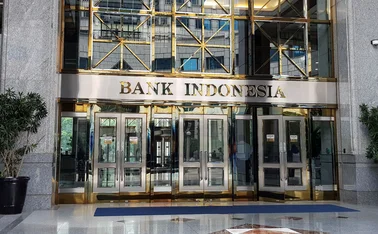
Rates on hold after Yellen’s final FOMC meeting
New committee finds unanimity on rate hold, as Janet Yellen prepares to step down

The Federal Open Market Committee (FOMC) achieved consensus as it held rates on January 31, in its last meeting under the chairmanship of Janet Yellen.
The committee’s composition has changed with the annual rotation of regional Federal Reserve presidents – the departure of Neel Kashkari and Charles Evans, both dissenters in December 2017, helped the committee achieve unanimity in its vote this time around. Rates remain on hold at 1.25–1.5%, and the gradual process of rolling assets off the
Only users who have a paid subscription or are part of a corporate subscription are able to print or copy content.
To access these options, along with all other subscription benefits, please contact info@centralbanking.com or view our subscription options here: subscriptions.centralbanking.com/subscribe
You are currently unable to print this content. Please contact info@centralbanking.com to find out more.
You are currently unable to copy this content. Please contact info@centralbanking.com to find out more.
Copyright Infopro Digital Limited. All rights reserved.
As outlined in our terms and conditions, https://www.infopro-digital.com/terms-and-conditions/subscriptions/ (point 2.4), printing is limited to a single copy.
If you would like to purchase additional rights please email info@centralbanking.com test test test
Copyright Infopro Digital Limited. All rights reserved.
You may share this content using our article tools. As outlined in our terms and conditions, https://www.infopro-digital.com/terms-and-conditions/subscriptions/ (clause 2.4), an Authorised User may only make one copy of the materials for their own personal use. You must also comply with the restrictions in clause 2.5.
If you would like to purchase additional rights please email info@centralbanking.com test test test







